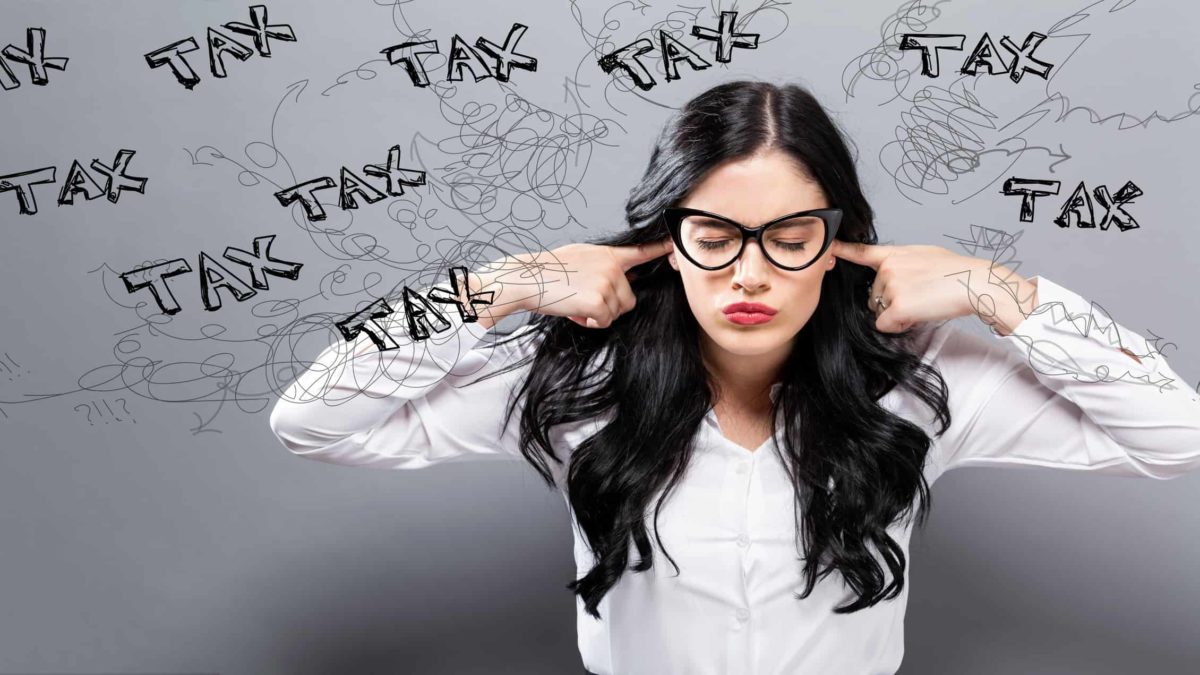The Australian Taxation Office (ATO) has warned rookie ASX share investors often "misunderstand" their obligations, resulting in errors on their tax returns.
According to ATO assistant commissioner Tom Loh, the rising popularity of micro-investing apps has resulted in "a record number" of new investors last financial year.
"Unfortunately, first-time investors often don't understand their taxation obligations, don't keep appropriate records and are more likely to make mistakes when lodging their tax returns."
Here are 4 ways stock virgins can stay on top of their tax returns, according to the ATO:
'Paper losses' are not losses yet
Yes, seeing the ASX share you own 60% down on your purchase price is painful.
But you can't count that as a loss on your tax return.
"It is important to note that capital losses only happen on the sale of the share," stated the ATO.
"Investors cannot claim 'paper losses' on investments if the share price drops but they continue to own the share."
Another common capital loss trap is offsetting it to other income.
Tax rules dictate that capital losses can only be offset against capital gains. If any losses are left over, they can be carried forward to next year for further offsetting.
Loh has seen some cheeky tax returns in his time.
"Each year, we see some enterprising entrepreneurs trying to offset their capital losses against income tax applied to other income, such as salary and wages. Others attempt to offset a 'paper loss' against actual income," he said.
"Our sophisticated data analytics are able to spot this and we may apply penalties for investors that have intentionally done the wrong thing."
Tax on ETFs and micro-investing platforms
According to the ATO, exchange-traded funds are popular with young investors because they attract a lot of money from micro-investing apps.
Once the financial year is done and dusted, ETF providers issue investors with a document called Standard Distribution Statement (SDS).
This statement contains, in black and white, all the numbers investors need to declare in their tax returns.
"When an investor disposes of units, the SDS will show the capital gains or losses made from the sale of the units which also need to be included in tax returns."
Dividend reinvestment plans are taxable
Many first-time investors could be using dividend reinvestment plans for their ASX shares.
These schemes automatically purchase more shares rather than giving out the dividend payout as cash.
This can result in a common tax error because the investor is not receiving any money.
"Most people recognise that they must pay tax on any money earned from selling shares," said Loh.
"But many don't realise that tax also applies to dividends and distributions, even if they are automatically reinvested into a reinvestment plan."
Dividends can get complicated — so the ATO recommends investors seek professional advice to ensure they're reporting correctly.
For goodness sake, keep a record of everything
Above all, Loh recommended rookie investors develop a habit of maintaining immaculate records.
"Taxes on share and ETF investments can be complex and poor record-keeping doesn't make it any easier," he said.
"Keeping good records, including dates, prices, commissions, and details of taxable events such as share splits, share consolidations, mergers, and demergers is essential to avoiding trouble at tax time."
The ATO reminded taxpayers it automatically receives data from many different sources, such as ASIC, online brokers, ASX and share registries.
"While this data makes tax time much simpler, it is still important for investors to check that all their relevant data has been included."
Even the world's best tax agent or accountant can only work with information provided to them by the investor.
"Errors related to CGT or income from dividends and distributions, whether deliberate or accidental, will lead to amendments," said Loh.
"You may need to repay some or all of a tax refund and penalties may apply."









